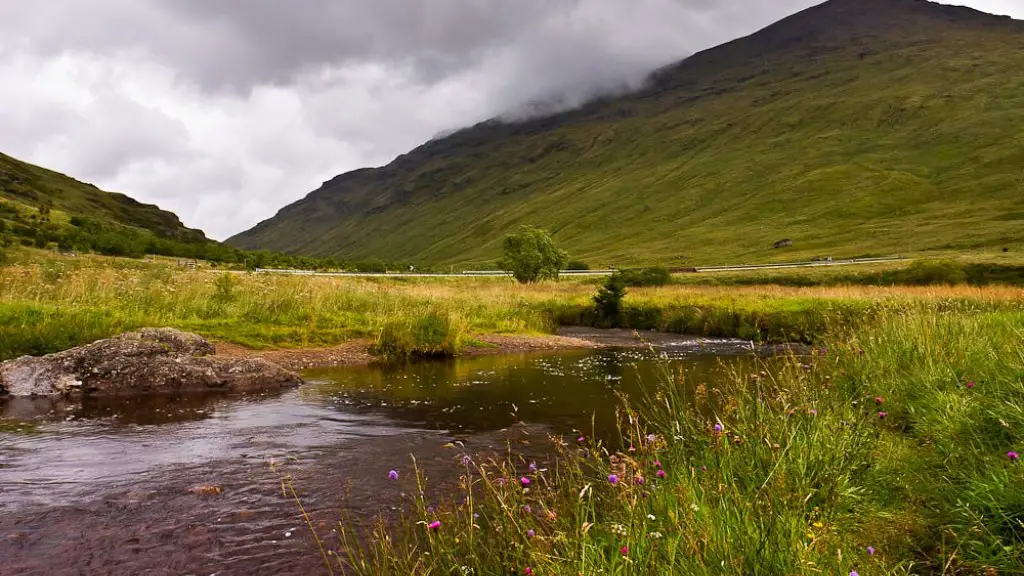Gather Equipment
Fishing the Mississippi River requires just the right equipment to get the job done. A seven to 10-foot medium-action spinning rod and reel, equipped with 8 to 10-pound-test line, is an ideal setup for catching fish in this renowned waterway. Soft plastic lures are a great choice for Mississippi River fishing, as well as live bait like minnows, crickets, and worms. If the fish won’t attack a hook, try casting a jig or spinnerbaits in the same area to see if the action happens. Additionally, having a small tackle box with hooks, lures, and weights will make the journey much easier.
Know the Species
Because the Mississippi River is so large and diverse, it is home to various fish species, such as largemouth bass, smallmouth bass, muskie, northern pike, walleye, catfish, crappie, and carp. For the sake of preparing for a Mississippi River fish trip, it’s important to know the size and type of fish inhabit certain areas. Most bait or lure selection will depend on which species dominate the area being fished. Generally, when targeting flathead catfish, go after larger baits or live bait like crayfish, bluegills, or shad. But when chasing smallmouth bass, casting with soft-plastics and crayfish materials should do the trick.
Locate the Spot
In the Mississippi River, there are plenty of spots where fish are lying in wait. Of course, the type of terrain, cover, and water depth will determine where the fish are. For example, large rocky pools, deep channels, shallow flats, and weed beds are likely areas to search. As a rule, fish tend to congregate around current seams, structure, and ledges. It’s also possible to find schools of fish near eddies or around any baitfish schools. When fishing the Mississippi River, it’s essential to know the currents and depth of the river. That can be achieved from a local map or even from asking a few anglers along the way.
Pick the Best Time
The best times for fishing in the Mississippi River are during early morning, late evenings, and dusk. Generally, the most active and aggressive fish will be in the areas where the current is swift and strong. We know that bass love to feed in the evening, but catfish and other species tend to be most active from midnight to 4 am. Therefore, if you’re out at night, it may be best to target catfish rather than bass or sunfish. Eventually, this knowledge can be refined to fit your goals and overall success.
Enter the River
When trying to fish the Mississippi River, go with the flow and work up and downstream. Continuous motion will increase the chances of success when trolling larger rivers. The current is usually your friend when it comes to course navigation. However, during higher water, navigation can be more difficult, and it’s best to stay within the edges of the river and if possible, obtain assistance from a local guide.
Employ Strategies
Depending on which species is targeted, certain strategies may prove to be more successful. When fishing for bass and sunfish, try to cast regularly along deep or shallow areas and around drop-offs or creek mouths. When fishing for catfish, locate holes or deeper areas where catfish may be ambush feeding. Finally, when fishing for walleyes or any predatory fish, search for standing or broken wood, ledges, and rocks. These fish often relate to structure, so finding areas that may provide the most abundant populations is important.
Seasonal Considerations
When fishing in the Mississippi River certain species may be found in places and depths that may vary depending on the season. During spring and early summer, many fish species and baitfish will move up into the less deep pools and flats in search of warmer waters. This disposition makes them much easier to target on the light tackle and lures. But in the late summer and early fall, fish will move to the deep channels, holes, and rocky points. Therefore, the depth and type of structures must be taken into consideration.
Spinning and Spooning
One of the most efficient techniques to use on the Mississippi is spinning and spooning. Spinning is effective for targeting larger muskie and northern pike. Because these fish tend to stick near the edges of channels or near weed lines and cuts, this technique allows the angler to hit areas where these large predators swim. For example, casting a large spinnerbait or spoon into weeds or around deeper rock piles can cause the fish to strike aggressively.
Live Bait Fishing
When fishing for certain species, the addition of live bait can be the difference between success and failure. A great bait for the Mississippi River is crayfish, which catfish and many other species will love. When fishing for catfish, shad, bluegills, and minnows are also excellent options. When live baiting, it’s essential to wait patiently and to never set the hook immediately. To get a good bite, let the fish take the bait and move off with it before setting the hook.
Drifting and Trolling
Drifting or trolling with live or artificial bait can be an effective Mississippi River fishing method for species like walleye, bass, and catfish. The key to success is to keep the bait in the strike zone. When targeting bass, try to drift slowly with smaller crankbaits, which can trigger bites when fished around structure. But when trolling for walleye, try using a combination of deep-diving crankbaits and jigs that make the most out of the water depth and current.
Jigging and Bottom Bouncing
Jigging and bottom bouncing are techniques that can produce big returns while fishing in the Mississippi River. When jigging, keep the bait near structure and constantly work the area thoroughly. Vertical jigging is also very effective, because the jig can be easily worked up and down to the desired depth. And when casting metal jigs or even soft onions, pause at the bottom and work it off slowly to entice the most bites.
Match the Hatch
For certain fisheries, it makes sense to match the baitfish forage in the area. For example, in the Mississippi River, try to mimic the size and shape of baitfish that are in the area, such as shad, smelt, and sculpin. The subtle imitation will fool the fish sometimes and make them strike. From crankbaits to jerks baits, if you can mimic those baitfish, you’ll increase your chances that the fish will bite.
Time and Patience
Fishing in the Mississippi River requires patience and time. It can be a long, grueling day of going in and out of various holes, rocks, and weeds. Drifting, trolling, spinning, and vertical jigging are just a few of the various tactics, and all of them take time and energy. To maximize success, stay mobile and keep searching until you find the right spot. And using the best tackle, lures, and presentation can be the key to getting the most bites from this incredible fishing destination.



